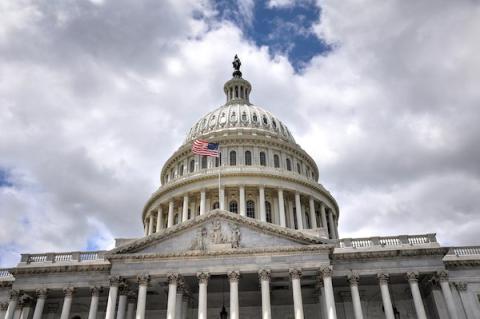Since 1990, 21 states have implemented statutory term limits for state elected offices. Of those, 15 still have them in place while six states, either by legislative action or court ruling, have repealed them. Countless cities and counties also have imposed statutory term limits.
It was considered unnecessary to include them in the Constitution because those serving in Congress were considered part-time citizen legislators. Turnover was also the norm.Times have changed. However, the fact that voters have always had term limits they could impose during any election has not.
Vote for the other candidate sounds simple, but for some reason, voters have allowed themselves to be convinced that an incumbent has the advantage simply by being the incumbent. Why?
What if that person has done a terrible job, caused harm to their constituents? Conversely, what if the candidates running are not in the least qualified? The incumbent is still the best choice, but one cannot exercise that choice?
Term limits themselves have this impact.
By legislating turnover, governing bodies have lost leadership and expertise that was responsible for ensuring effective and efficient operations. There is more divisiveness in the legislative process.
The committee process, which is key to any legislative body, operates less effectively. Legislative staff, not the elected official, holds the power as they are now the ones with institutional knowledge. I should note that one of the original assumed positives of term limits, reduced government spending, has not materialized.
Voters have given up freedom of choice because it’s easier to blame the system. It’s easier to allow someone else to tell us what to think and how to act. If a voter believes the incumbent is the most qualified, they should have that choice. If not, vote for another candidate. It’s that simple.
Editor's Note: This article was previously published on policymic.com. The text has been slightly edited.
